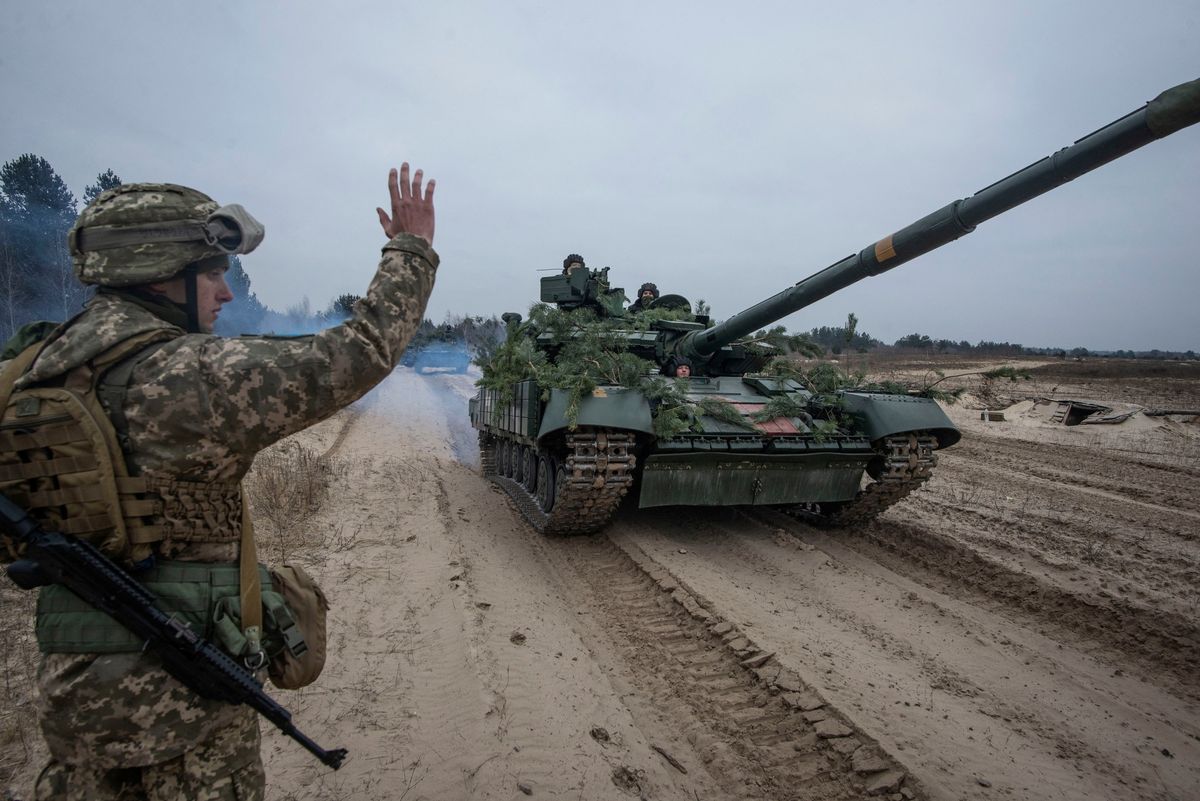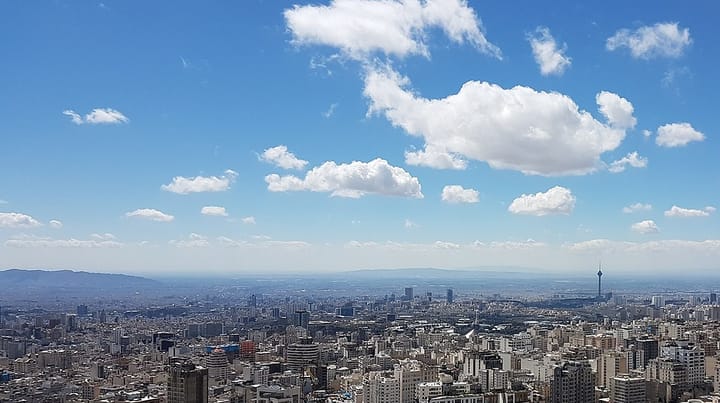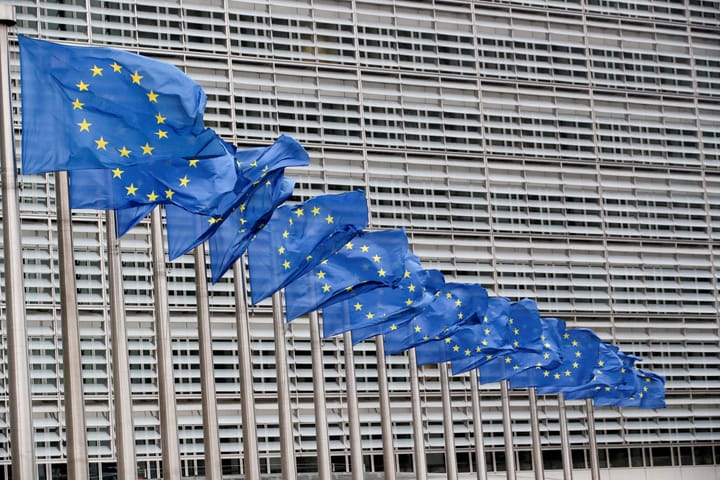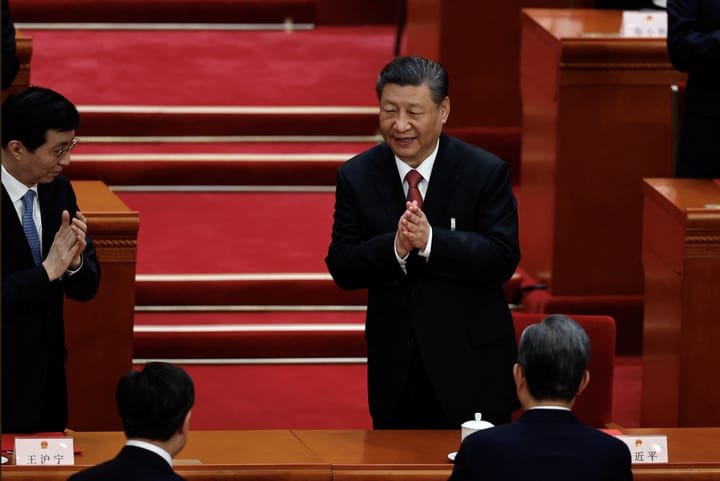Russia-Ukraine tensions update: Cyberhack and state of emergency declared in Ukraine

A few minutes every morning is all you need.
Stay up to date on the world's Headlines and Human Stories. It's fun, it's factual, it's fluff-free.
The backstory:
- Russia invaded and annexed Crimea and eastern Ukraine (a former Soviet state) back in 2014, which caused it to be kicked out of the international military alliance, The North Atlantic Treaty Organization (NATO).
- Today, there are an estimated 100,000 troops at the Russian-Ukrainian border, worrying people that Russia is looking to invade again, eight years after the first invasion.
- Russia denies it intends to invade and says that the troops have been positioned there for self-defense. Meanwhile, they’ve sent some demands to the West, including banning Ukraine from ever entering NATO.
- The United States responded by writing to Russia, saying that they wouldn’t ban Ukraine but would find ways to work with Russia where appropriate.
- On Monday, in a televised address, Russian President Putin recognized two Russian-backed separatist regions in Ukraine and then ordered the Russian army into the area to “keep the peace.”
- Putin described the country as an essential part of Russia’s history and added that he was confident that the Russian public would support his decision.
- Since Russia’s move, the US, the United Kingdom and the European Union have all announced new sanctions against the country, with more to come in the next few days.
The development:
- More sanctions have been confirmed and announced since Russia decided to move into the Donbas region. The most notable moves from the West include the US sanctioning Nord Stream 2 AG and the company’s leadership after Germany said it would suspend the operation’s certification.
- The company’s Nord Stream 2 underwater pipeline was meant to send natural gas directly from Russia to northern Germany. It’s a subsidiary of Russia’s state-owned PJSC Gazprom. But “ … without this certification, Nord Stream 2 cannot go into operation,” said German Chancellor Olaf Scholz.
- Ukrainian President Volodymyr Zelenskiy praised this move from Germany, but he also said that the sanctions needed to be strengthened. “We expect further steps to increase sanctions pressure.”
- Then, the Ukrainian government confirmed in an Interfax report that some of its government websites, including the Foreign Ministry and the Defense Ministry sites, weren’t operating properly and were experiencing a denial-of-service (DDOS) attack. This comes after the country saw the largest DDOS attack on its biggest banks, with the US and UK saying that Russia was behind it.
- Ukraine’s parliament has agreed to also put the country into a state of emergency, which will start on February 24 and go on for 30 days. This will allow authorities to restrict the movement of people, impose curfews and other restrictions, with local authorities being able to decide which restrictions work for their region. There has also been an agreement to increase the nation’s defense spending by 26.5 billion hryvnias (US$886 million).
- An emergency summit will be held in Brussels on Thursday between EU leaders to discuss what’s going on in Ukraine.
You drive the stories at TMS. DM us which headline you want us to explain, or email us.







Comments ()